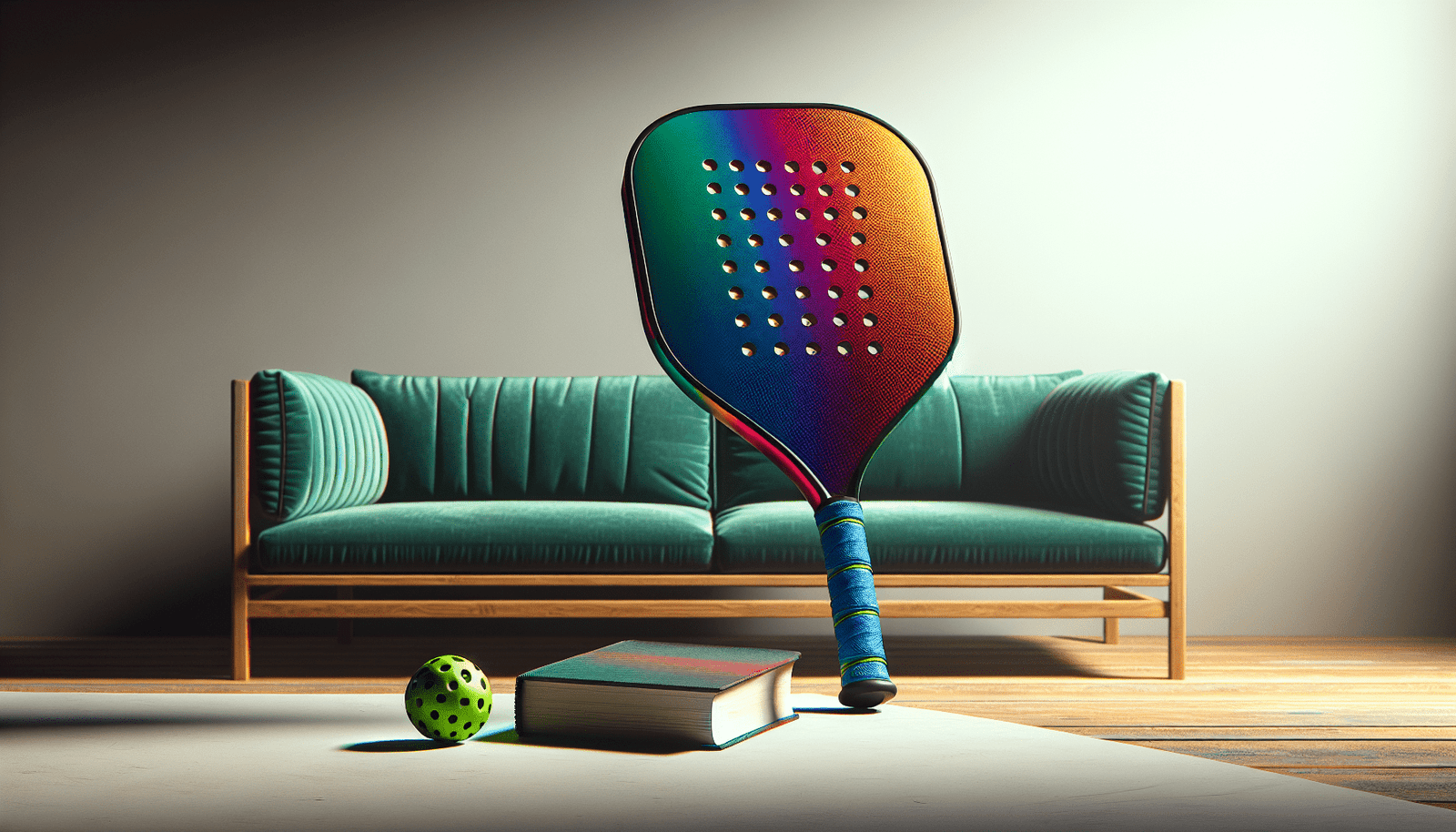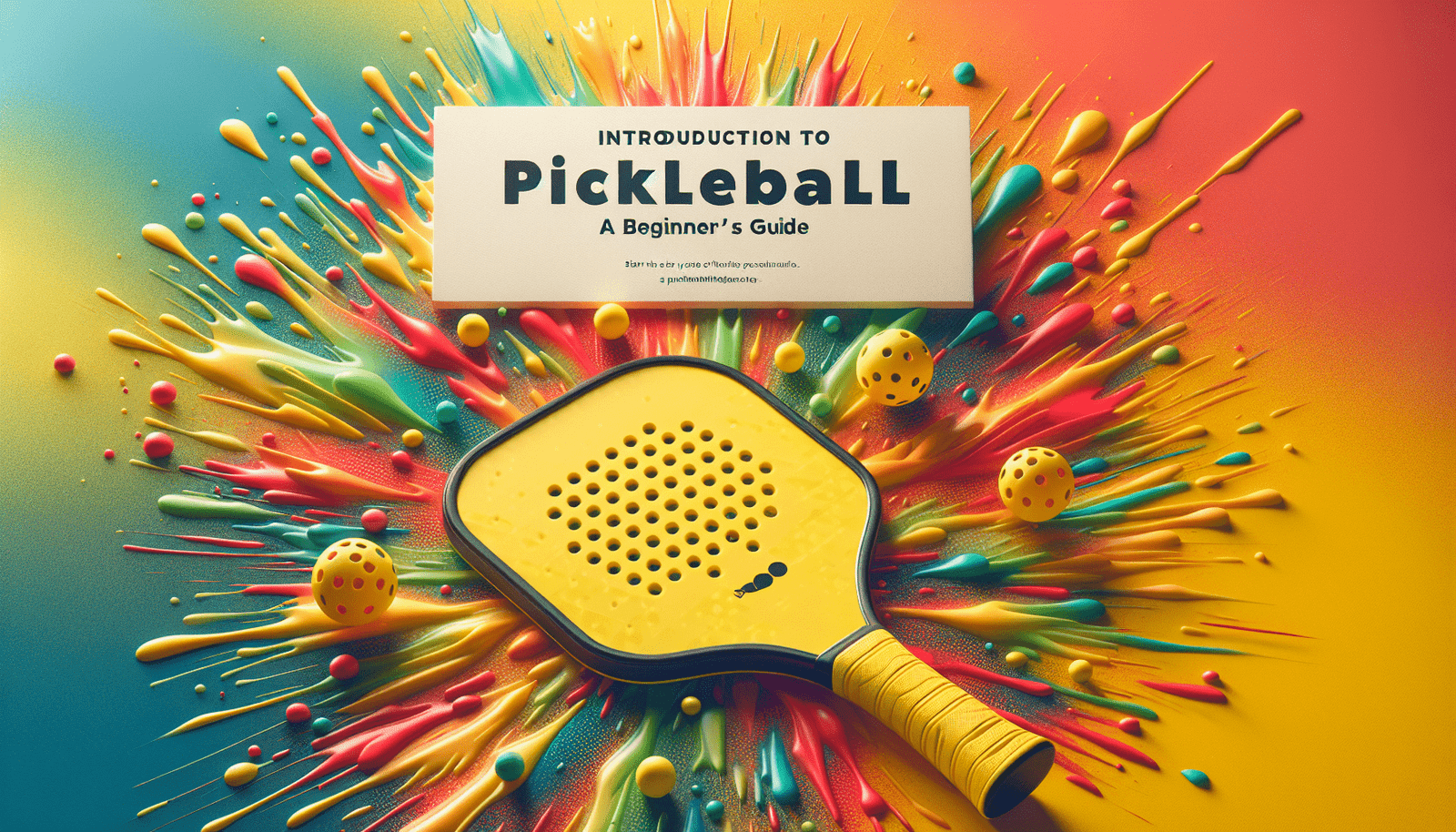In this article, you will uncover everything you need to know about Pickleball serving rules. We will take a deep dive into the rules that govern this exciting sport, ensuring that you are well-equipped to serve like a pro. From the proper technique to the precise locations on the court, we will explore every aspect of serving success in Pickleball. So grab your paddle and get ready to elevate your game with our comprehensive guide to Pickleball serving rules.
Introduction to Pickleball
What is pickleball?
Pickleball is a fun and exciting sport that combines elements of tennis, badminton, and ping pong. It is played on a court with a net, using a paddle and a ball similar to a wiffle ball. The objective of the game is to hit the ball over the net and into the opponent’s side of the court, aiming to score points and ultimately win the match.
History of pickleball
Pickleball was invented by Joel Pritchard, Bill Bell, and Barney McCallum in 1965 on Bainbridge Island, Washington. The three friends wanted to create a new game that would entertain their families during the summer. They improvised by using ping pong paddles, a perforated plastic ball, and a badminton court. The game quickly gained popularity within their community and soon spread to other parts of the United States.
Popularity of pickleball
Pickleball has gained a tremendous amount of popularity over the past few decades. It is now played by millions of people of all ages and skill levels worldwide. This growth can be attributed to the sport’s accessibility, inclusivity, and the social aspects it offers. Pickleball is known for its friendly and welcoming community, making it an ideal activity for individuals looking to stay active and form new friendships.
Overview of Serving in Pickleball
Significance of serving
Serving is the starting point of every pickleball rally and plays a crucial role in the game. It determines which team begins the rally and sets the tone for the rest of the point. A well-executed serve can put pressure on the opponent and give the server’s team a strategic advantage.
Basic serving rules
In pickleball, the serving team is required to stand behind the baseline on their side of the court. The server must hit the ball underhand, below their waist, and make contact with the ball below their waist level. The serve must be directed diagonally across the net, from the right-hand service court to the right-hand diagonal service court, avoiding hitting the non-volley zone or “kitchen.”
Different types of serves
There are various types of serves in pickleball, each offering its own advantages and challenges. The most commonly used serve is the “deep serve,” which aims to hit the ball deep into the opponent’s court, making it harder for them to return the ball aggressively. Other serves include the “short serve” that lands close to the net, the “spin serve” that utilizes spin to make the ball curve, and the “power serve” that emphasizes speed and placement.
Service Area
Definition of service area
The service area in pickleball refers to the specific portion of the court where the serve must be directed. It consists of two adjacent diagonal rectangles, starting from the baseline and extending into the cross-court section of the court.
Dimensions of the service area
The dimensions of the service area in pickleball are standardized across all levels of play. The service area extends 7 feet from the centerline towards the sideline on either side of the court and 6.5 feet from the baseline towards the net.
Importance of staying within the service area
It is crucial for the server to stay within the service area while executing the serve. If the server steps on or beyond the lines outlining the service area, it is considered a fault and the serve is considered invalid. Staying within the service area ensures fair play and upholds the integrity of the game.
Proper Service Technique
Grip
Having the correct grip is fundamental to a successful pickleball serve. Most players use a continental grip, where the paddle is held similar to how you would grip a hammer. This grip allows for better control and maneuverability during the serve.
Stance and positioning
A proper stance and positioning are essential for a reliable serve. Stand with your feet shoulder-width apart, facing the net, and perpendicular to the baseline. Distribute your weight evenly and maintain a balanced stance to generate power and maintain control during the serve.
Ball toss
The ball toss is crucial for timing and accuracy in serving. Toss the ball slightly in front of you and just above eye level. A consistent and controlled ball toss will enable you to make solid contact with the ball.
Striking the ball
When striking the ball, make contact with the ball slightly below waist level. Use an underhand stroke, sweeping your paddle through the ball smoothly and keeping a relaxed grip. Aim to hit the ball cleanly, using your wrist and forearm to generate power and precision.
Follow-through
A proper follow-through is important to maintain accuracy and control. After striking the ball, continue the motion of your paddle towards your intended target area. This will help with direction and improve the overall effectiveness of your serve.
Double Bounce Rule
Explanation of the double bounce rule
The double bounce rule is an essential aspect of pickleball serving rules. According to this rule, both the serving team and the receiving team must allow the ball to bounce once on each side before they can hit it in the air. This ensures that both teams have a fair chance to return the serve and promotes longer rallies.
When the double bounce rule applies
The double bounce rule applies to the first shot of the rally, which is typically the serve and the return of the serve. After the ball has bounced once on each side, both teams are allowed to hit the ball in the air or let it bounce before returning it.
Exceptions to the double bounce rule
There are a few exceptions to the double bounce rule. If the server’s team fails to perform a legal serve, resulting in a fault, the double bounce rule is waived. This means that the receiving team can attempt to hit the serve before it bounces. Additionally, during a “let serve” (discussed in the next section), the double bounce rule is also waived.
Faults and Foot Faults
Common faults in pickleball serving
There are several faults that can occur during a pickleball serve. Some common faults include failing to hit the ball underhand, hitting the ball above waist level, hitting the ball into the non-volley zone or “kitchen,” stepping on or beyond the lines outlining the service area, and failing to hit the ball into the diagonal service court.
Foot faults and their consequences
A foot fault occurs when the server steps on or beyond the lines outlining the service area while executing the serve. If a foot fault occurs, it is considered a fault, and the server’s team loses their serve, resulting in a sideout and the opposing team taking over the serve.
How faults are determined
Faults are determined by the referee or the players themselves in friendly games. It is important for players to be self-aware and honest about their faults. Additionally, players should be familiar with the rules of the game and be mindful of their positioning and technique to minimize the occurrence of faults.
Let Serves
Definition of a let serve
A let serve occurs when a legal serve touches the net and lands in the proper service area, resulting in a re-serve without any penalties. Essentially, the ball hitting the net during a legal serve does not count as a fault.
Instances when let serves occur
Let serves can happen during any legal serve, regardless of the type of serve being used. If the server hits the ball and it touches the net, but then proceeds to land within the boundaries of the service area, it is considered a let serve.
Replaying a let serve
In the event of a let serve, the server is given another opportunity to serve without any penalties. The net does not affect the outcome of the serve, and the rally continues as usual.
Sideline and Baseline Infractions
Understanding sideline and baseline infractions
Sideline and baseline infractions occur when a player touches or steps on the lines outlining the court during the serve. This violation results in a fault, and the serve is lost, leading to a sideout and the opposing team taking over the serve.
Consequences of stepping on or beyond the lines
Stepping on or beyond the lines during the serve is considered an infraction and can have significant consequences. It results in a fault, leading to the loss of the serve and giving the opposing team an opportunity to gain points. Avoiding sideline and baseline infractions is essential to maintain control and momentum during the game.
How infractions are assessed
Infractions are usually assessed by the referee, if present. In the absence of a referee, players rely on their own honesty and sportsmanship to determine infractions. It is important for players to stay aware of their positioning and be mindful of their movements during the serve to minimize any infractions.
Order of Service
How the order of service is determined
The order of service is determined at the start of the game by a coin toss or a similar method. The team that wins the coin toss gets to choose who serves first. After the initial serving team, the order of service alternates between teams for the remainder of the match.
Server’s partner’s role
The server’s partner plays a crucial role during the service. They should stand behind the server and slightly to the side, ready to react and cover most of the court. The server’s partner must be prepared to move quickly and position themselves strategically to return the opponent’s shot effectively.
Switching server positions
In pickleball, the serving team must alternate sides for each service rotation. This means that the server’s partner becomes the server for the subsequent round of serves. Switching server positions helps maintain fairness and balance in the game.
Serving Strategies
Using different types of serves
Utilizing different types of serves can be an effective strategy in pickleball to keep opponents off balance and exploit their weaknesses. Varying between deep serves, short serves, spin serves, and power serves can make it more challenging for the receiving team to anticipate and return the ball effectively.
Targeting opponents’ weaknesses
Pickleball serving allows players to strategically target their opponents’ weaknesses. By observing and analyzing their opponents’ movements, positioning, and preferences, servers can aim their serves towards areas of the court where their opponents may be less comfortable or less skilled, increasing their chances of gaining an advantage.
Maintaining a consistent serve
Consistency is key when it comes to serving in pickleball. While it is important to mix up your serves to keep opponents guessing, maintaining a consistent serve technique is crucial. This includes having a reliable grip, a consistent ball toss, and a smooth stroke. A consistent serve builds confidence and allows players to focus on other aspects of the game, such as strategy and shot selection.
In conclusion, serving in pickleball is a fundamental aspect of the game. By understanding the rules, techniques, and strategies related to serving, players can enhance their overall performance and increase their chances of success on the court. Remember to practice regularly and enjoy the process of improving your serves, as it will contribute to your enjoyment and satisfaction in playing the game of pickleball.




